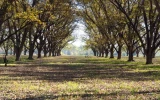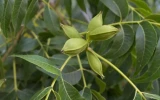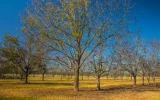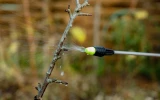How To Fertilize a Pecan Tree the Right Way
When you plant trees, knowing the right method to fertilize them ensures long-term health and bountiful harvests. In pecan trees, the method of fertilizing a young tree differs from how you fertilize a mature one. This article will give you a detailed step-by-step process on how you can supply balanced nutrients to pecan trees, whether young or mature.
First, conduct a soil analysis to determine the correct fertilizer and method to use. For young pecan trees, apply around 3/4 to 1 pound of fertilizer per 1 foot of tree height and spread it evenly around the base. For mature ones, adjust the amount of fertilizer to 1 pound and divide the application into 3 parts.
Pecan trees need nutrients such as nitrogen, phosphorus, potassium, and zinc, which must be included in your choice of fertilizer. Throughout this article, we'll also explore the different types of fertilizers for these nut-bearing trees and the nutrients they need to be in good shape.
Summary
- For young pecan trees, apply around 3/4 to 1 pound of fertilizer per 1 foot of tree height and spread it evenly around the base.
- For mature pecan trees, adjust the fertilizer amount to 1 pound per year of age or inch of trunk diameter. You may increase this to 2–3 pounds as the diameter of the trunk also increases. You may also want to split the application into three parts: during bud swell, after 30 to 45 days, and until another 30 days afterward, instead of applying all the fertilizer at once.
- Choose the correct fertilizer that contains a balanced amount of micronutrients and macronutrients intended for pecan trees.
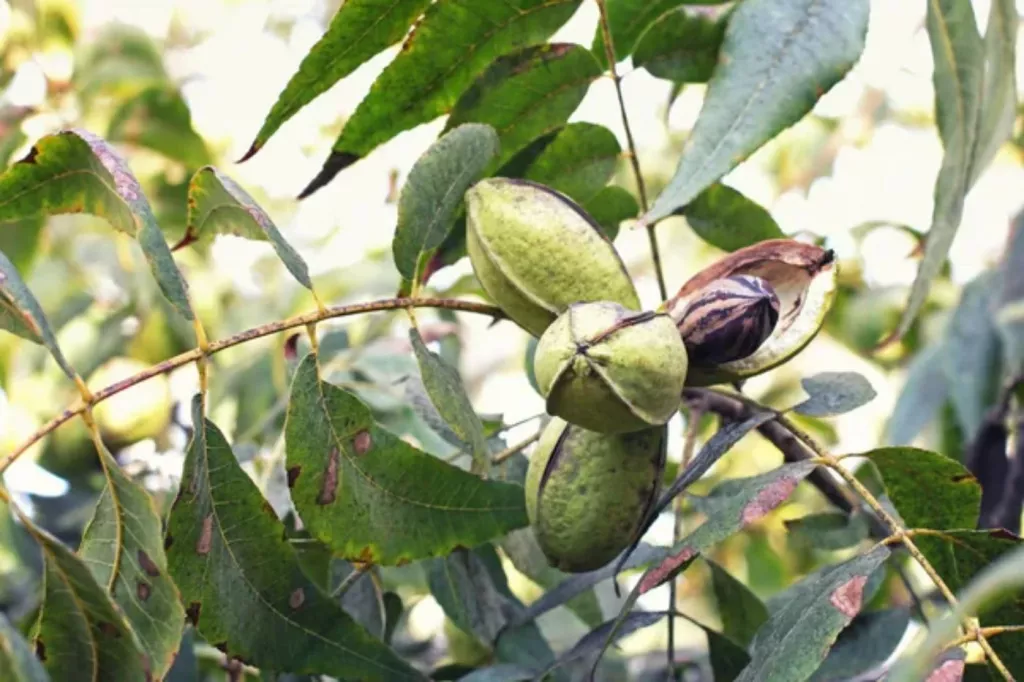
On this page:
The Right Way to Fertilize Pecan Trees
Before starting, the first thing you need to do is determine the nutrient needs of your tree. You may want to test the soil in your tree's vicinity and have it analyzed by a reputable lab, which will provide you with scientifically based recommendations. The information from this soil analysis will help you be well-prepared to choose the right fertilizer and application method for your pecan tree.
How to fertilize newly planted and young trees
When fertilizing newly planted and young pecan trees, you could optimize their growth by conducting fertilization in the early spring, around late February, or early March, before bud break. This is done to ensure that the nutrients are readily available to the tree during its growing season.
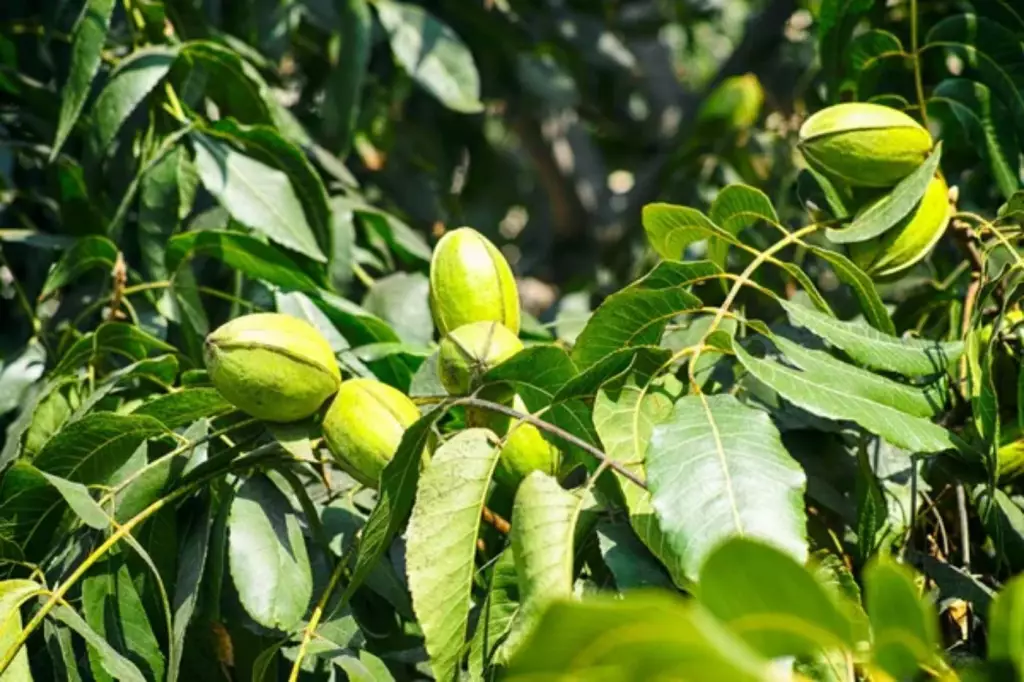
Here’s the correct method of fertilizing young pecan trees:
1. Use the right fertilizer
You may need to carefully choose a fertilizer that is specifically designed for pecan trees or provides the necessary nutrients, such as nitrogen, phosphorus, and potassium. Zinc sulfate may also be required for optimal growth.
For young pecan trees, it's best to use fertilizer that has a high nitrogen content, as this will help the tree grow strong roots and develop a healthy canopy. You could look for a fertilizer that has an N-P-K ratio of around 16-4-8 or 18-6-12.
2. Measure the right amount of fertilizer
To avoid damaging the tree, it is best if you could avoid overfertilizing it by measuring the right amount of fertilizer to be used. Try your best to follow the instructions on the fertilizer package to determine how much to use based on the size of your tree.
Most growers usually apply around 3/4 to 1 pound of fertilizer per 1 foot height of the tree, per season, so you might want to do the same.
3. Apply the fertilizer evenly
Spread the fertilizer evenly around the tree's base, extending out to the drip line. However, you must be careful not to apply fertilizer too close to the trunk, giving it at least 1 foot of space, to avoid damaging it. You may want to use a broadcast spreader or simply sprinkle the fertilizer by hand.
4. Water the tree after fertilizing
After applying the fertilizer, water the tree thoroughly to help the nutrients soak into the soil and reach the roots. Give the tree enough water to moisten the soil to a depth of at least 6 inches.
How to fertilize mature pecan trees
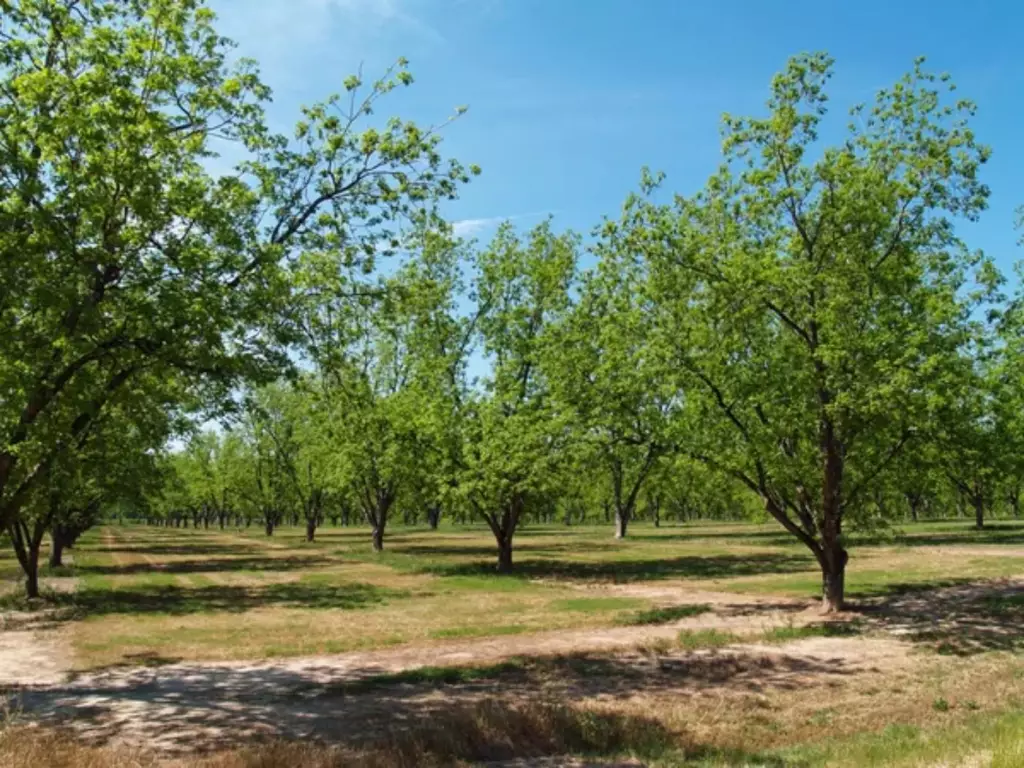
As your pecan tree matures, its fertilization needs will change. You will need to employ a different method of application, and the amount you use may also vary. To properly fertilize a mature pecan tree, you could apply these tips:
1. Conduct a foliar analysis
Pecan leaf analysis or foliar analysis is a method of testing the nutrient content of pecan leaves to determine the fertility needs of the trees. You could take a few samples of leaves from the tree, preferably around July, and send them to a laboratory for testing.
This method is a valuable tool because it allows you to tailor your fertilization program to the specific needs of your trees. By providing the right nutrients in the right amounts, you can help the trees produce healthy nuts and maintain overall health and vigor.
2. Adjust the amount of fertilizer
For mature pecan trees, farmers typically apply fertilizer at the rate of 1 pound per year of age or inch of trunk diameter.
For trees with 15–25 inches of trunk diameter, you may be required to add 2 pounds of fertilizer per inch. You can increase this to 3 pounds of fertilizer per inch if the diameter is greater than 25 inches.
3. Split application into 3 parts
For old pecan trees, you might want to consider applying the fertilizer in three parts: 4 pounds at bud swell, 3 pounds 30 to 45 days later, and the remaining 3 pounds another 30 days afterward, instead of applying all the fertilizer at one time.
This approach ensures that the tree is supplied with enough nutrients throughout the growing season while reducing fertilizer losses due to leaching and runoff.
4. Monitor nutrient levels
As your pecan tree gets older, you will need to monitor soil nutrient levels to ensure it receives enough nutrients consistently. You may need to perform soil tests and adjust your fertilization plan accordingly.
Both young and mature pecan trees need to be fertilized at around early spring, since this is the time for young trees to come out of dormancy, while this is the best time for mature trees to produce more foliage.
Types of Fertilizers for Pecan Trees
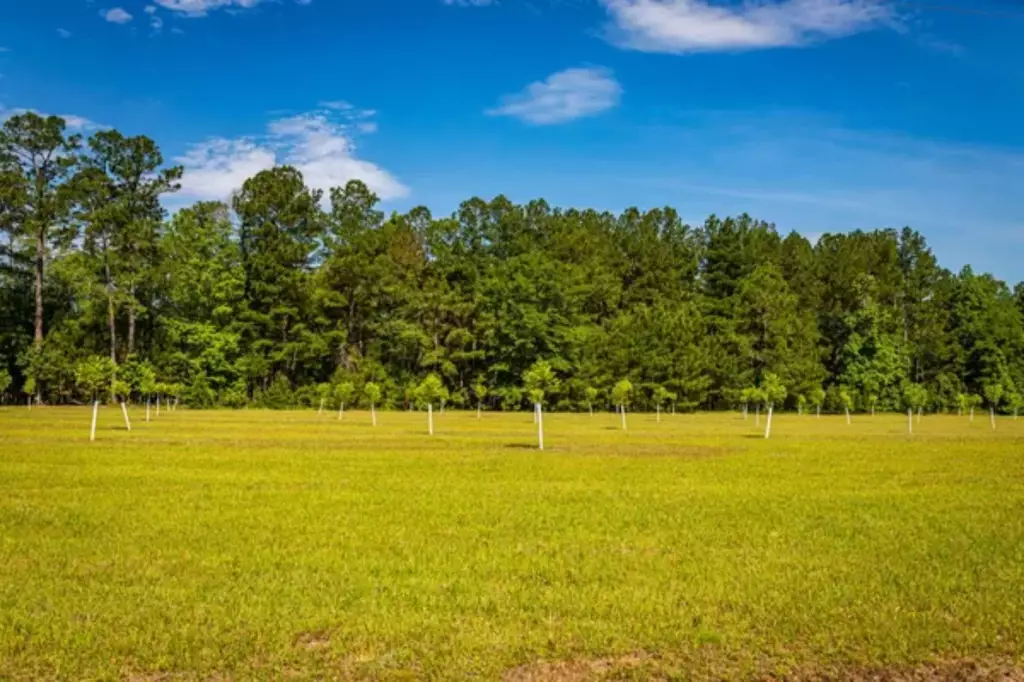
Ammonium sulfate and nitrogen promotes healthy pecan tree growth
One of the most common and effective choices for fertilizing your pecan trees is ammonium sulfate. Ammonium sulfate can be bought in bulk or in bags, and it's typically accepted as a suitable fertilizer by most pecan tree farmers.
This fertilizer provides a good source of nitrogen, which promotes healthy growth and development in pecan trees. To apply this fertilizer, follow the recommended rates in your soil test results. If you're unsure, you can split your application of nitrogen between bud break in spring and again later in the growing season.
10-10-10 complete fertilizers increase productivity of pecans
The balanced 10-10-10 fertilizer contains equal amounts of nitrogen, phosphorus, and potassium. These elements can contribute to the overall health and productivity of your pecan trees. Using a 10-10-10 fertilizer can help address any nutrient deficiencies in your soil and promote steady growth in your pecan trees.
Foliar sprays supply the needed micronutrients
While pecan trees need macronutrients like nitrogen, phosphorus, and potassium, you may also want to address their micronutrient needs. Pecan trees may require additional zinc, as zinc deficiency can lead to poor tree growth and fruit development.
To supply your pecan trees with the necessary zinc, you can try using a foliar spray containing zinc sulfate. Apply foliar sprays to the tree leaves during the growing season for optimal absorption. This method ensures that your trees receive the necessary levels of zinc, helping to prevent deficiencies and support overall health.
The Importance of Nutrients in the Growth of Pecan Trees
Pecan trees require macronutrients and micronutrients to grow healthy and produce good yields. These nutrients can be supplied through regular fertilization.
We prepared a tabulated list of these nutrients, their function in the growth of pecan trees, and the effects of their deficiency on these plants:
| Nutrient | Function | Effects of Deficiency |
|---|---|---|
| Nitrogen | Major component of chlorophyll, formation of new leaves and branches | Stunted growth, yellowing leaves, poor fruit production |
| Phosphorus | Development of strong roots, healthy flowers and fruit, photosynthesis, energy transfer | Weak roots, poor fruit production, slow growth |
| Potassium | Regulates water balance and nutrient uptake, disease resistance, stress tolerance | Poor fruit quality, increased susceptibility to disease and pests |
| Calcium | Formation of strong cell walls, healthy root development, regulates soil pH | Weak roots, poor fruit quality, blossom-end rot |
| Magnesium | Production of chlorophyll and photosynthesis, regulates nutrient uptake and enzyme activity | Yellowing leaves, poor fruit production, stunted growth |
| Zinc | Essential for enzyme activity, growth and development, and stress tolerance | Stunted growth, yellowing leaves, poor fruit production, susceptibility to disease |
